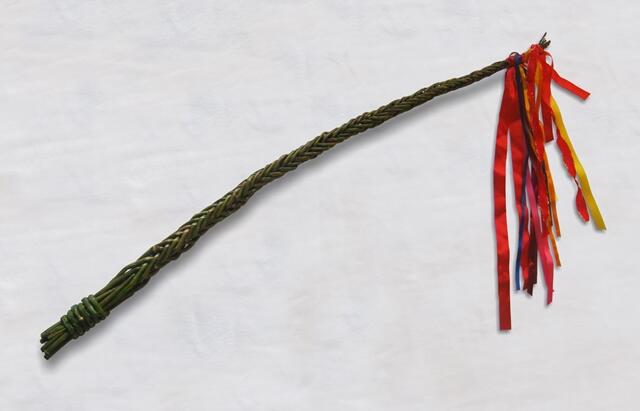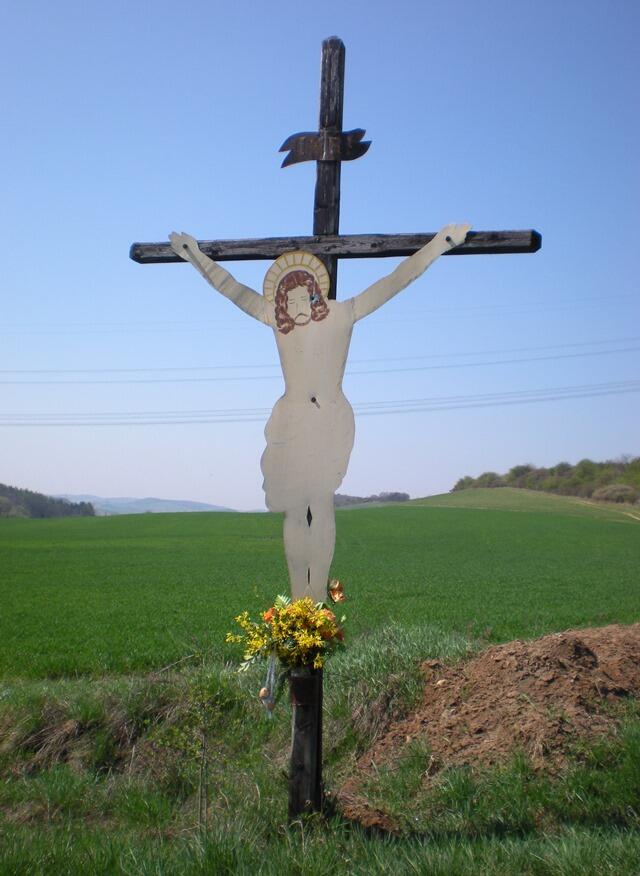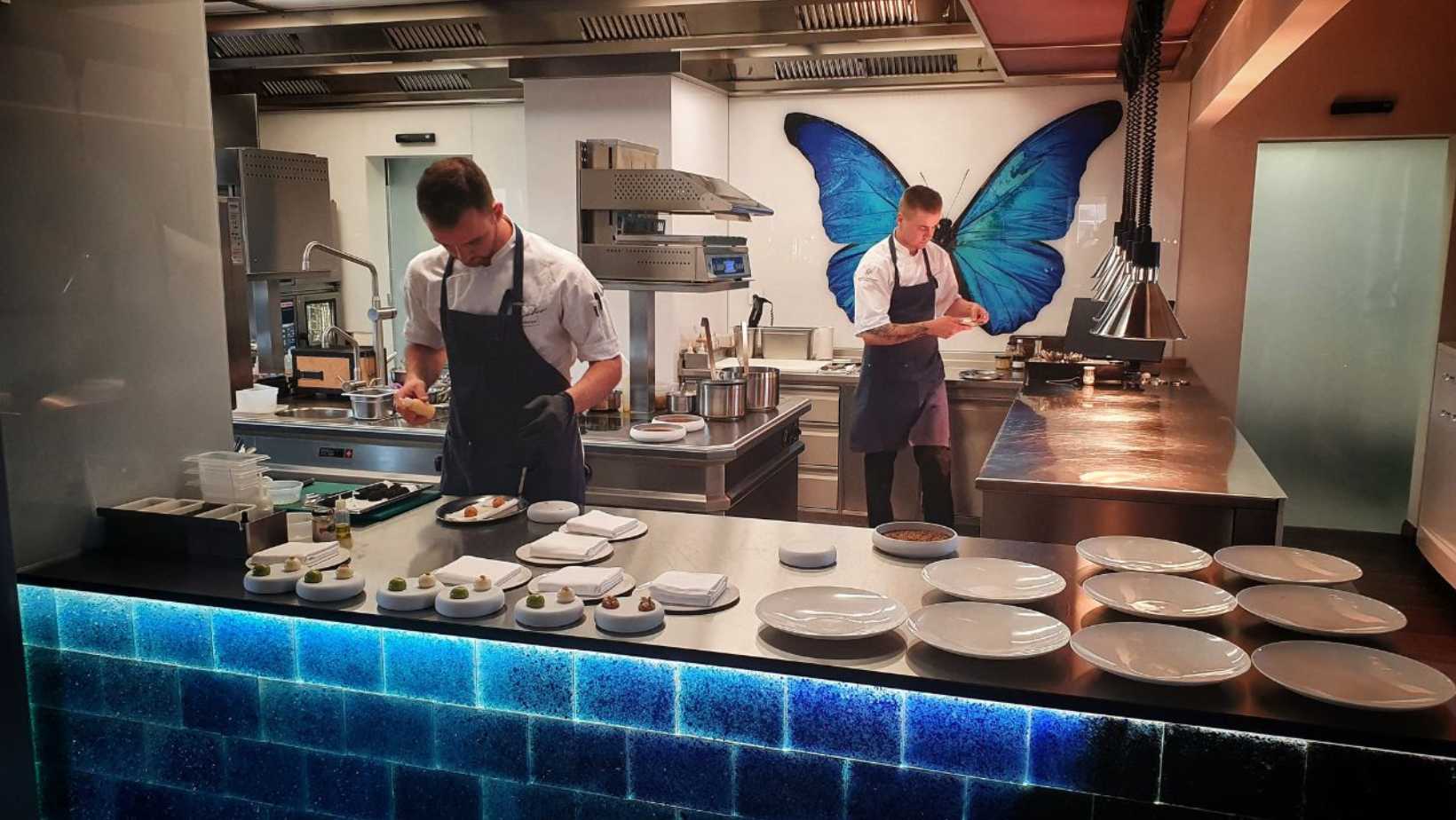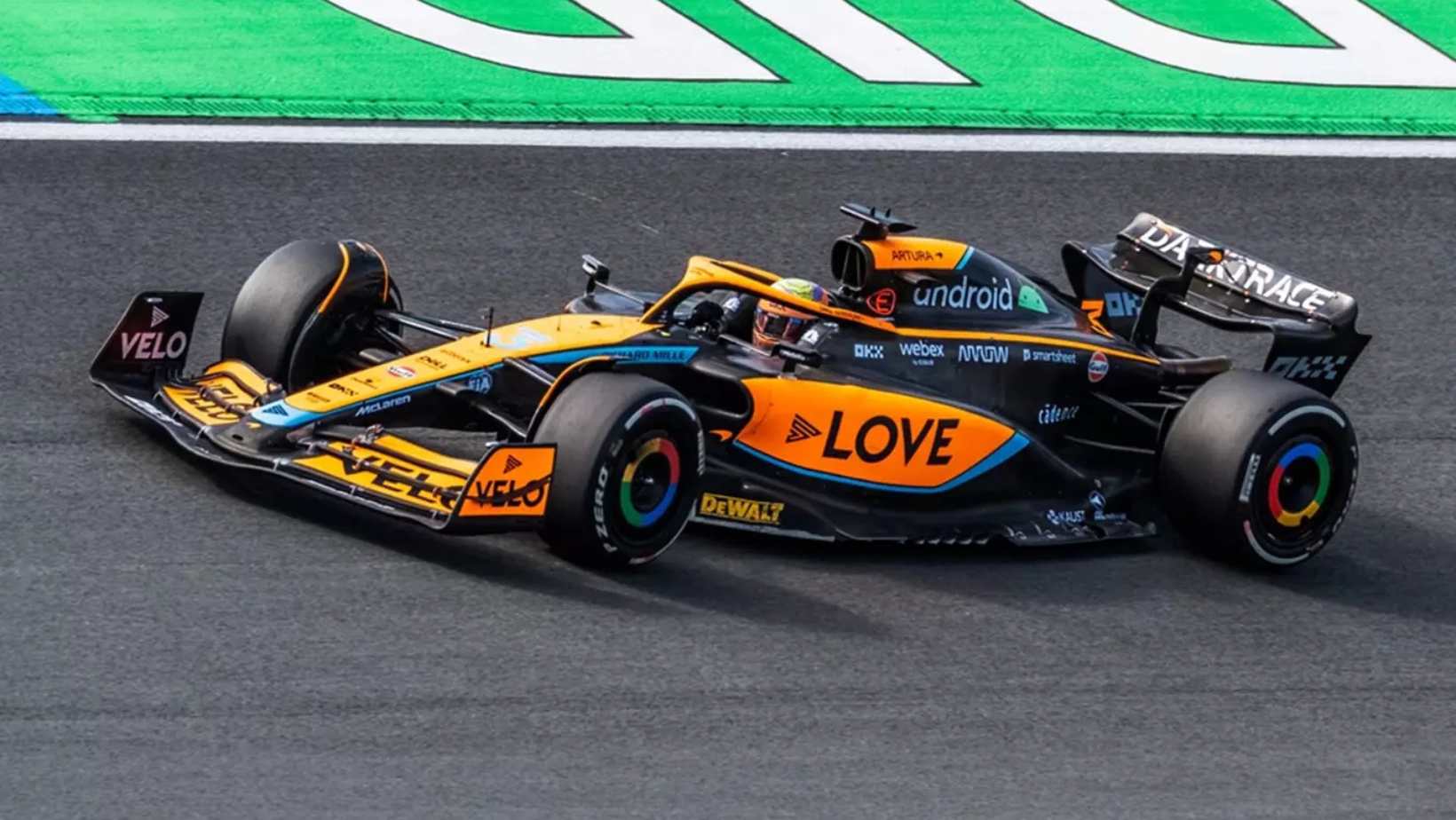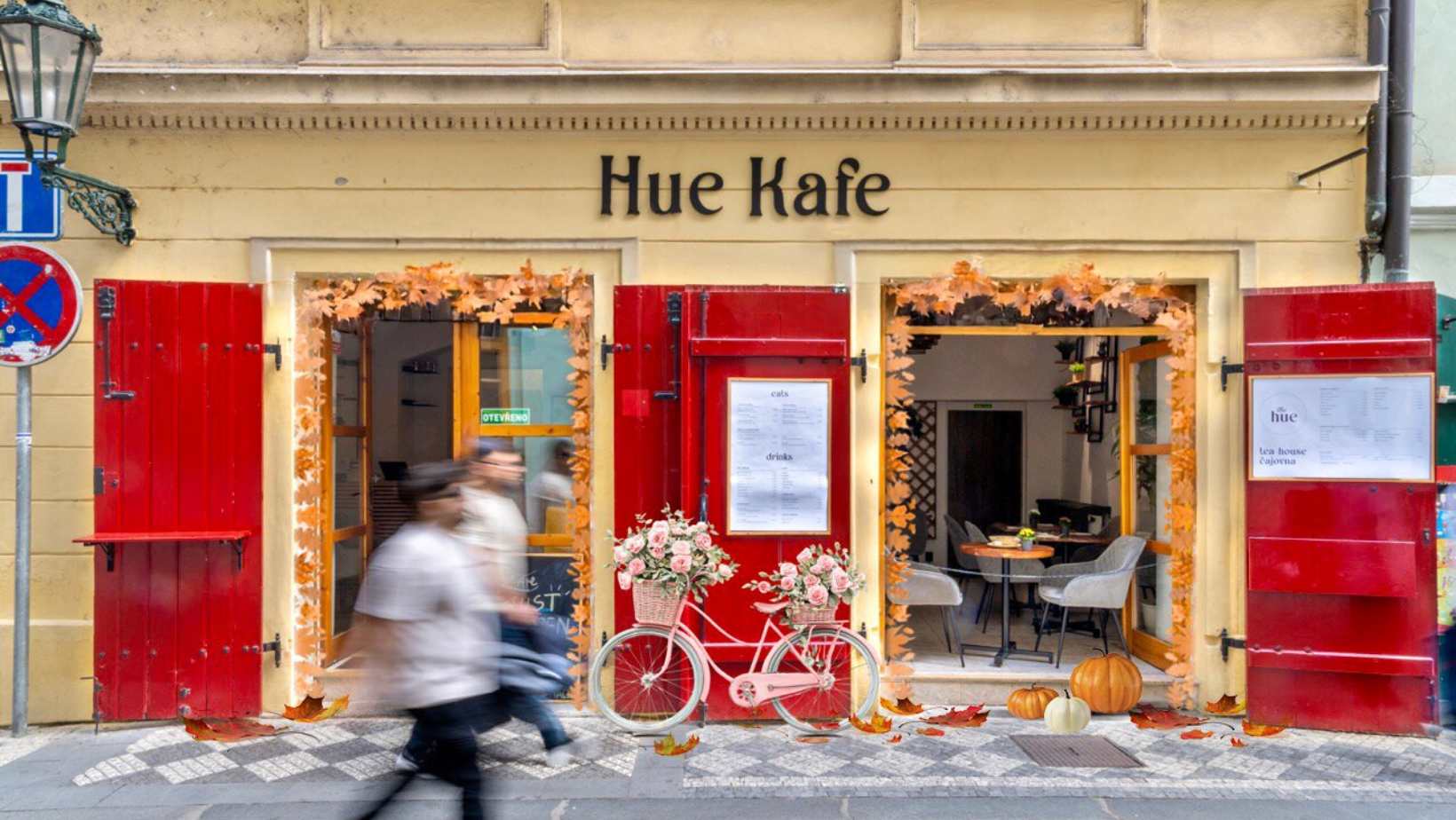Not Just Eggs and Whips: 8 Fascinating Facts About Czech Easter
Prague Morning
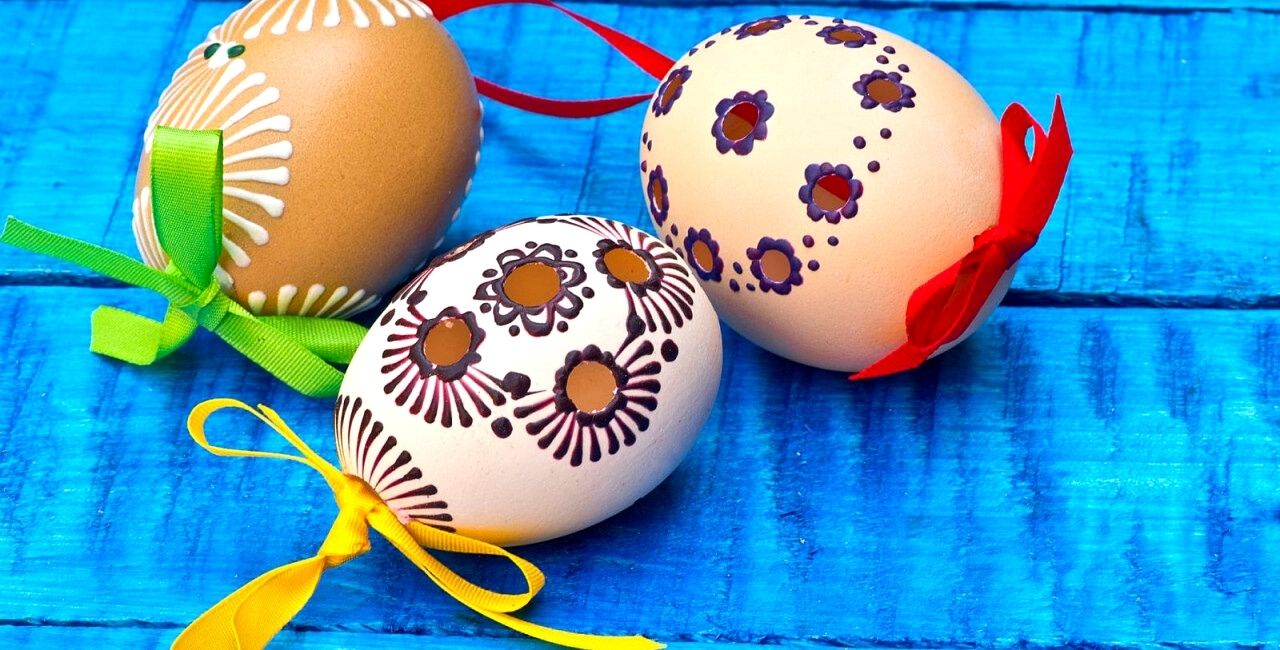
As for the most interesting Czech holidays and traditions, Easter sure gives Christmas a run for its peníze (i.e. money).
In addition to catching the beauty of spring, Eastertime visitors will come away from Prague with a pocketful of history and traditions to be shared back home (especially if a visit to the country’s more traditional Moravian region is involved).
For a preview of what to expect for Easter in the Czech Republic, read our 8 fascinating Easter facts!
1. Is it Easter… or a celebration of spring?
Velikonoce (Easter) comes from the expression velká noc, meaning “great night” after the day in which Jesus Christ rose from the dead. During Communist rule, however, the religious celebration was suppressed and the arrival of spring was recognized instead.
Since the Velvet Revolution and the collapse of Communism in 1989, Easter’s Christian roots have slowly been reestablished, though the holiday is still less overtly religious than visitors might expect (at least in the case in the capital city).
2. Easter Monday trumps Easter Sunday
The main day for Easter celebrations is on Easter Monday, also a national holiday. Easter Sunday (Velikonoční neděle), on the other hand, is typically spent preparing for the following day’s festivities during which ladies decorate the eggs and gentlemen prepare their pomlázky. Which brings us onto…
3. Being chased and whipped is a GOOD thing?!
Pomlázky are braided whips made from pussy-willow twigs and colorful ribbons, which are used by boys (and sometimes men) to chase and gently whip girls and women on Easter Monday morning while chanting “Hody, hody doprovody, dejte vejce malovaný, nedáte-li malovaný, dejte aspoň bílý, slepička vám snese jiný…”, a rhyme requesting eggs from the girls in return.
To clarify (as we sense your bewilderment), it’s a centuries-old playful tradition said to bring health and fertility to those whipped; therefore, to be on the receiving end does have some benefit! For those brave enough to try out the tradition on their home turf, find the colorful pomlázky for purchase at the Easter Markets in Prague (bonus: no license required!).
4. Decorated eggs are given to the whip bearers!
Decorating eggs (kraslice) is one of Czech’s best-known and widely practiced Easter traditions. Girls typically decorate the eggs to be hung in windows, put in baskets, or given to the boys who whip them on Easter Monday. Find elaborately decorated eggs for sale at the markets and shops throughout the Czech Republic. Proceed with caution if taking eggs home as souvenirs, however – they are very delicate so getting them home in one piece is a risk!
5. Red is the symbolic color at Easter
More so in past times, red was the most popular egg decorating color because it symbolizes the energy of new life (which comes with spring). Some Czechs still wear red at Eastertime to symbolize happiness, health, and new life.
6. Lamb is the most popular dish on the Easter menu
Lamb, whether meat or the sweet dough version (beránek), is perhaps the most recognized part of the Czech Easter feast. In addition, eggs, mazanec (sweet yeasted bread made with rum-soaked raisins and topped with almonds), gingerbread, and in some households, homemade plum brandy (slivovice), are usual staples on the table.
7. Boys shake rattles to scare off Judas
For 3 days during Holy Week, groups of boys head out into their villages shaking a řehtačka (wooden rattle). The tradition is said to scare off Judas, the apostle Christians believe betrayed Jesus. On the third day (White Saturday), the boys stop at home and make noise until they are given a present (usually money… and usually to make them stop!).
8. Easter goes on for almost a week!
Days of preparation lead up to Easter Monday, each with their religious undertones and customs. Holy Week consists of:
- Ugly (Spy) Wednesday (Škaredá středa) is named after the day Judas betrayed Jesus. Children are let out of school so that they can spend time making Easter “beautiful” (i.e. cleaning and preparing).
- Green (Maundy) Thursday (Zelený čtvrtek) honors the Last Supper. It’s traditionally a day of fasting, whereby no meat is consumed (and green vegetables are encouraged). Nowadays in the Czech Republic, it’s possible to celebrate the day with zelene pivo (green beer!).
- Good Friday (Velký pátek) commemorates the crucifixion of Jesus Christ. Last year, Good Friday joined Easter Monday as an official national holiday in the Czech Republic. The holiday actually ceased in the 1950s during the early years of the Communist regime.
- White Saturday (Bílá sobota) is known as the “Day of Light”, symbolizing Jesus’ resurrection from the dead. It’s also the last day Czech boys go around their villages shaking their wooden rattles (until they are given money).
- Easter Sunday (Velikonoční neděle) is the day for mass and continued preparations for Easter Monday (Velikonoční pondělí).
- Finally… Easter Monday. Veselé Velikonoce! Happy Easter!
Would you like us to write about your business? Find out more
-
NEWSLETTER
Subscribe for our daily news






